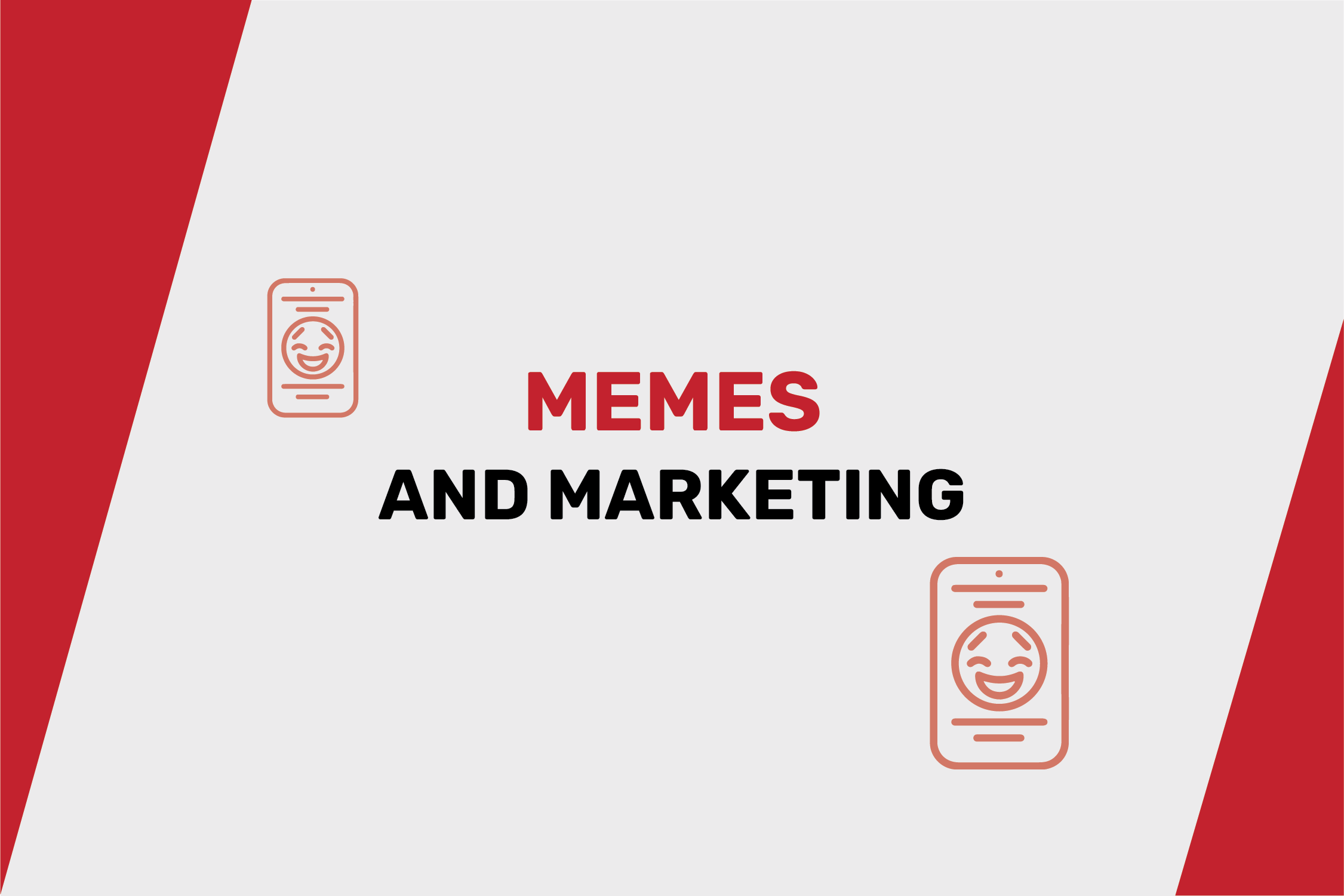|
Getting your Trinity Audio player ready...
|
In the ever-evolving landscape of marketing, new strategies constantly emerge, captivating audiences in unexpected ways. One such strategy that has taken the digital world by storm is meme marketing. With the proliferation of social media platforms and the universal language of internet humor, memes have become a potent tool for brands to connect with their target audience. But how is meme marketing different from traditional marketing? Buckle up as we embark on a journey through the realms of relatable humor, viral content, and the unconventional techniques that set meme marketing apart from its conventional counterpart!
The Rise of Meme Marketing: A Breath of Fresh Air
Meme marketing isn’t just another marketing fad—it’s a cultural phenomenon that has revolutionized the way brands engage with their audience. Here’s a closer look at how meme marketing differs from traditional marketing strategies:
1. Communication Style: LOL vs. Corporate Speak
Meme Marketing:
- Memes speak the language of the internet generation—casual, relatable, and often infused with humor.
- Communicates ideas and messages in a way that feels like chatting with a friend over coffee.
- Employs conversational language, slang, and pop culture references to establish an immediate connection.
Traditional Marketing:
- Traditional marketing relies on formal language, often loaded with technical jargon and corporate buzzwords.
- Communication tends to be one-sided, with brands talking at customers rather than engaging in a dialogue.
- Adopts a polished and professional tone that might create a distance between the brand and the audience.
2. Viral Potential: Spreading like Wildfire
Meme Marketing:
- Memes thrive on virality; their shareable nature encourages rapid dissemination across social media platforms.
- Can achieve widespread exposure in a matter of hours, turning ordinary people into brand advocates.
- Leverages the network effect—the more people share, the wider the reach!
Traditional Marketing:
- Traditional marketing campaigns rely on consistent messaging and gradual buildup over time.
- Achieving viral status is rare and often requires extensive media coverage or celebrity endorsements.
- The impact of traditional campaigns is more predictable, with steady growth rather than explosive popularity.
The Meme Magic: Captivating Audiences with Humor
Meme marketing’s uniqueness lies in its ability to connect with audiences through humor, creating an emotional bond that’s hard to replicate. Let’s dive deeper into this aspect:
3. Emotional Resonance: Laughter as a Universal Language
Meme Marketing:
- Relies on humor, a universal language that transcends cultural and linguistic barriers.
- Evokes positive emotions, making the audience associate those emotions with the brand.
- Often creates an intimate connection by sharing relatable life experiences and struggles.
Traditional Marketing:
- Traditional marketing focuses on showcasing product features, benefits, and value propositions.
- Appeals to logic and practicality rather than emotions.
- Emotional elements are downplayed in favor of delivering concise product information.
4. Community Engagement: Fostering a Sense of Belonging
Meme Marketing:
- Memes create a sense of community by addressing shared experiences, quirks, and inside jokes.
- Encourages user-generated content as people remix and adapt memes to their contexts.
- Brands become a part of the community by participating in meme trends and conversations.
Traditional Marketing:
- Traditional marketing aims to establish brand authority and credibility.
- Engagement is more formal and focused on addressing customer concerns and inquiries.
- User-generated content is less prevalent and often comes in the form of testimonials or reviews.
The Unconventional Path: Embracing Chaos and Creativity
Meme marketing thrives on unpredictability and the ability to turn the mundane into the extraordinary. Let’s explore this unconventional side:
5. Agility and Adaptability: Riding the Wave of Trends
Meme Marketing:
- Requires a fast-paced approach to stay current with rapidly changing internet trends.
- Brands must be agile, ready to create and distribute memes in response to emerging cultural phenomena.
- Adaptability is key; successful meme marketing leverages cultural relevance to stay in the spotlight.
Traditional Marketing:
- Traditional marketing campaigns are meticulously planned and executed over extended periods.
- Adapting to new trends might require adjustments to the campaign strategy, which can be time-consuming.
- Change is managed carefully to maintain brand consistency.
6. Imperfection as Authenticity: Embracing the Quirks
Meme Marketing:
- Embraces imperfections, spelling errors, and distorted images for a more genuine feel.
- The authenticity of meme content resonates with audiences who appreciate the lack of over-polishing.
- Quirky visuals and offbeat humor are celebrated, conveying a sense of spontaneity.
Traditional Marketing:
- Traditional marketing emphasizes polished visuals, clear messaging, and professional aesthetics.
- Rigorous quality control is essential to maintain the brand’s reputation.
- Imperfections are minimized to present a flawless image.
FAQs about Meme Marketing and Traditional Marketing
Q1: Can meme marketing work for all types of businesses?
Yes, meme marketing can be adapted for various businesses, but it’s crucial to align the tone and content with the brand’s identity and target audience.
Q2: Is meme marketing a short-term trend?
While the internet landscape evolves, meme culture is deeply ingrained. Incorporating memes into marketing strategies can provide a lasting way to connect with younger audiences.
Q3: Are there any risks associated with meme marketing?
Yes, meme marketing involves risks such as misinterpretation or backlash if a meme is poorly executed or insensitive. Careful understanding of the culture and trends is essential.
Conclusion: The Power of Humorous Connection
In the battle for attention in the digital age, meme marketing stands out as a revolutionary approach. Its stark contrasts with traditional marketing—communication style, viral potential, emotional resonance, community engagement, agility, and imperfection—make it a force to be reckoned with. Meme marketing’s ability to foster genuine connections through humor and shared experiences has turned ordinary brands into internet sensations. So, the next time you’re pondering your marketing strategy, ask yourself: “How is meme marketing different from traditional marketing?” The answer might just lead you to a world of laughs, likes, and lasting customer engagement!





